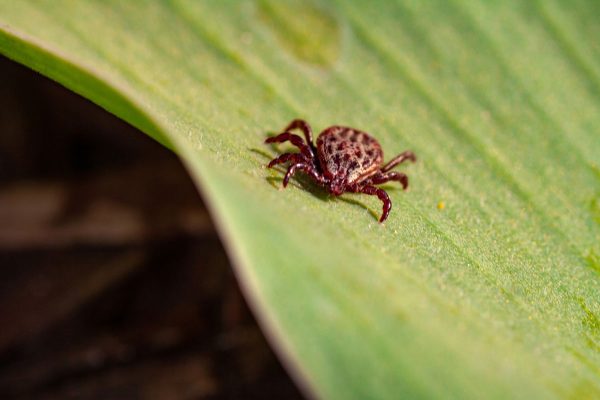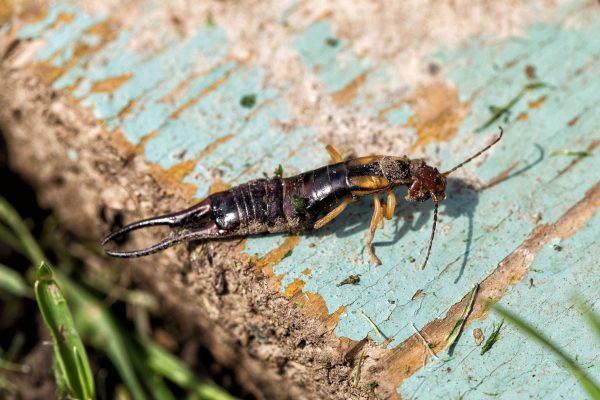Have you given up on your fungus gnat problem? Are you thinking if it's a good idea to just put your favorite plant in another pot to get rid of the problem once and for all? This is what we asked the pest experts and here's what we learned from them.
Yes, you can repot a plant that's seriously infested with fungus gnats to finally get rid of the problem. Discard the old soil. Disinfect the pot to kill any remaining pests. Wash the roots thoroughly and plant it in a well-draining potting soil. Only water the plant when the topsoil is already dry.
Keep on reading to know more about repotting plants that have been infected with fungus gnats. This article will also answer how your houseplants get fungus gnats and how long it would take to get rid of these pests in your indoor garden. Let's get this started!
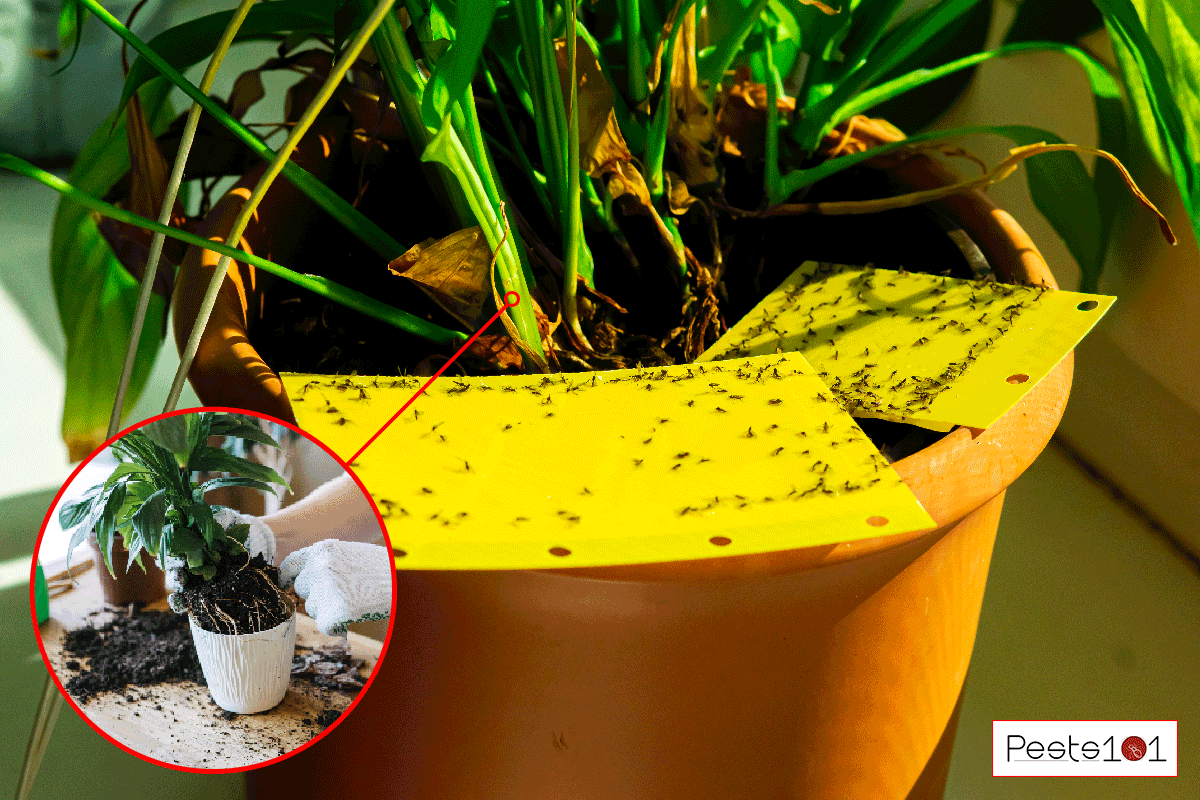
Will repotting my plants get rid of fungus gnats?
Seeing fungus gnats flying over your precious plants is just the tip of the iceberg. As experts say, these winged creatures don't actually do much damage to your plant. They eat organic matter such as dead leaves and bark chips.
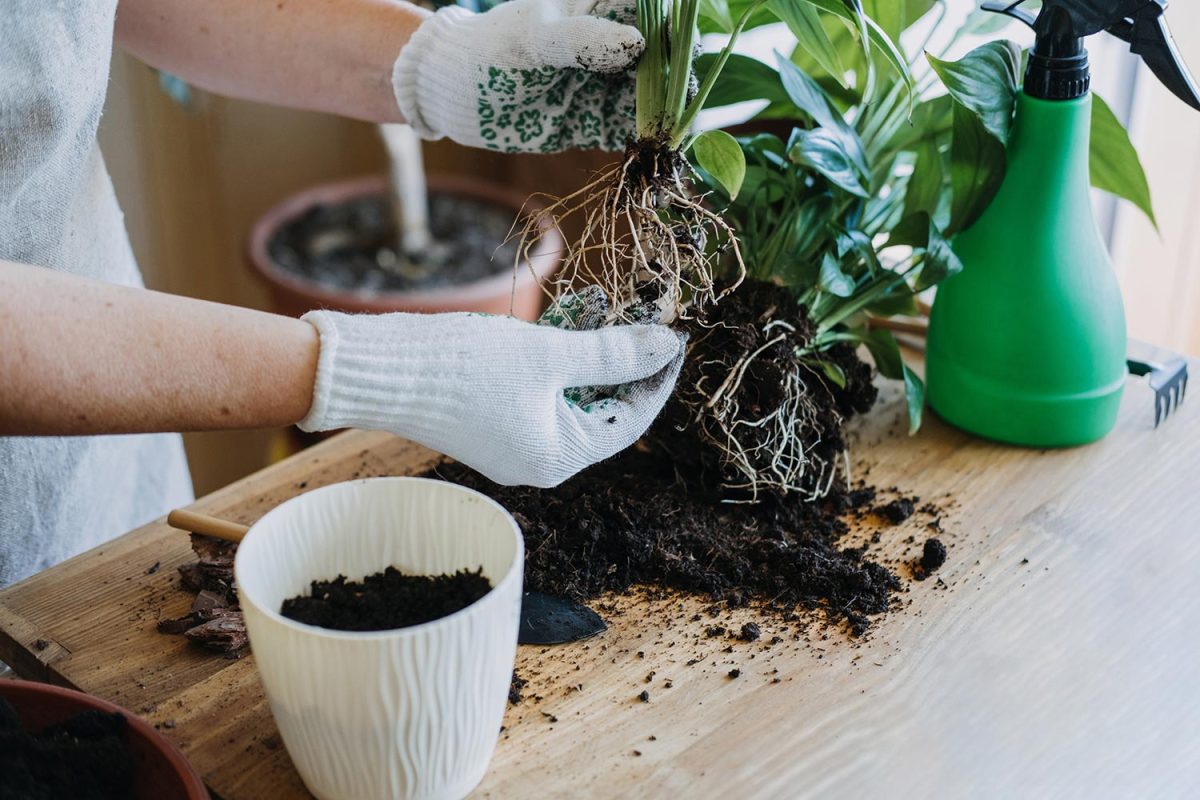
The real problem is their larvae that feast on the plants' roots. These are about a quarter of an inch long with white or transparent bodies and black shiny heads. They look like maggots. You might not see them with your naked eye but you can definitely see the damage that they cause to your plants.
Since they eat the roots, the plants don't get the nutrients that they need leading to their weakened, stunted growth, yellow leaves, wilting, root rot, and eventual death.
Fungus Gnat Larvae in the Soil
Considering how fast these pests multiply, you would have hundreds of larvae in the soil in a short period. It's exhausting to be treating your plants again and again and of course, there's the concern that the fungus gnat larvae infestation would spread to more plants in your garden.
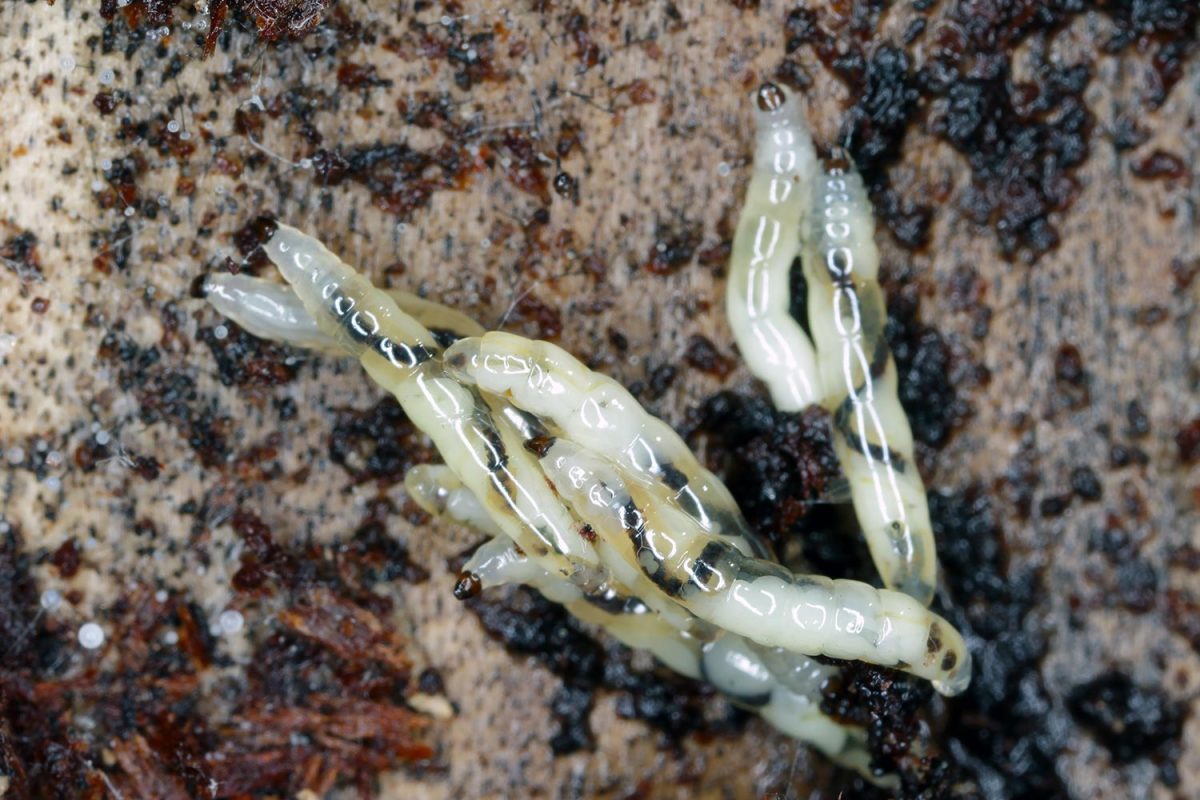
So, you might be thinking why don't you just repot the infected plants and start all over, right? The good news is that you can actually do this to end your problem with fungus gnat infestation!
This actually makes a lot of sense since fungus gnats lay their eggs on the soil. It is infested with eggs that are about to hatch and larvae that are dependent on the soil for their growth.
Before they develop their wings and fly, they crawl on the soil. This is their main source of nutrition. At this point of development, they need all the nutrients that they can get so that they can grow to be healthy adult fungus gnats.
Unfortunately, it comes at the expense of your beloved plants. They suck nutrients intended for the plants.
But before you go into repotting, you might want to consider treating the soil first especially if the infestation is fairly new. Here's what you need to do.
Soil Treatment for New Fungus Gnat Infestation
- Let the soil go completely dry for some time. Fungus gnats hate this because you're taking away their source of moisture.
- Remove the top two to three inches of your potting soil since this is where the eggs and larvae usually reside. Replace it with sand which is a fast-drying medium so the fungus gnats won't like it.
- You can also apply a hydrogen peroxide and water solution to kill the eggs and larvae on the soil. Mix one part 3% hydrogen peroxide with four parts water for this treatment and drench the soil with this solution.
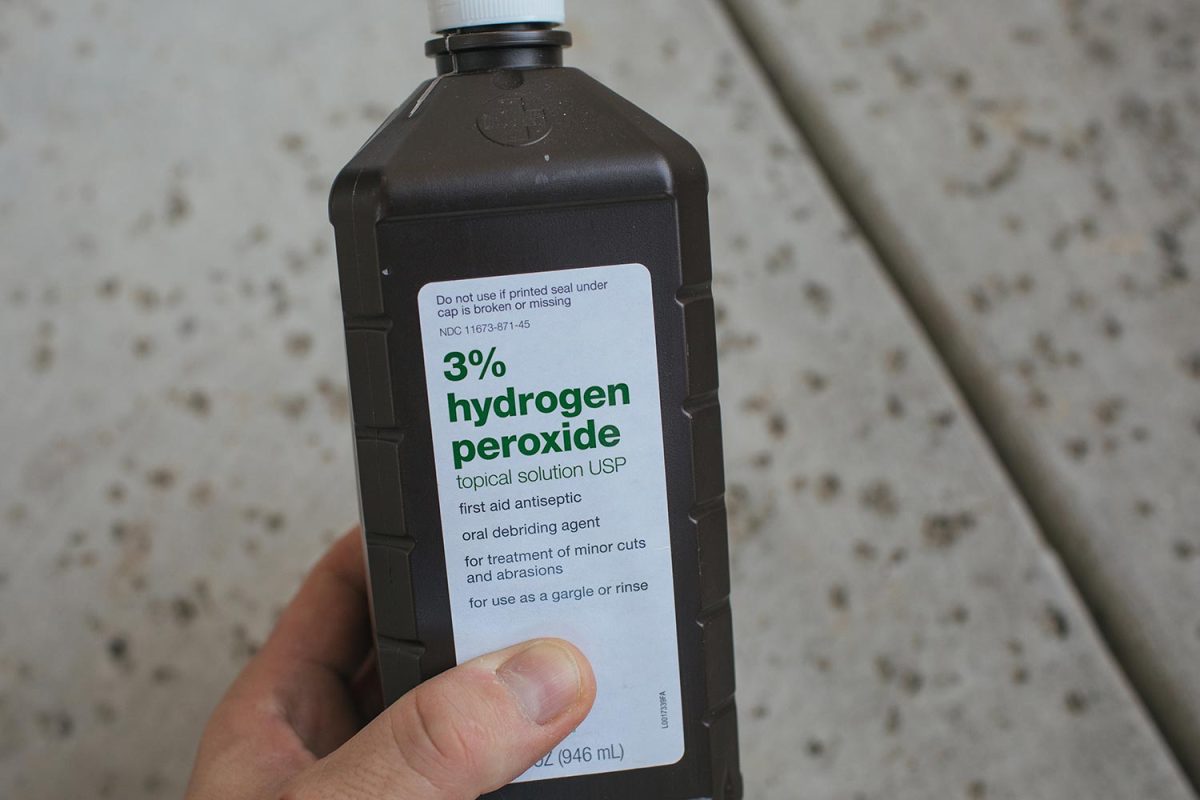
Check out this 3% hydrogen peroxide on Amazon.
How do you repot indoor plants with fungus gnats?
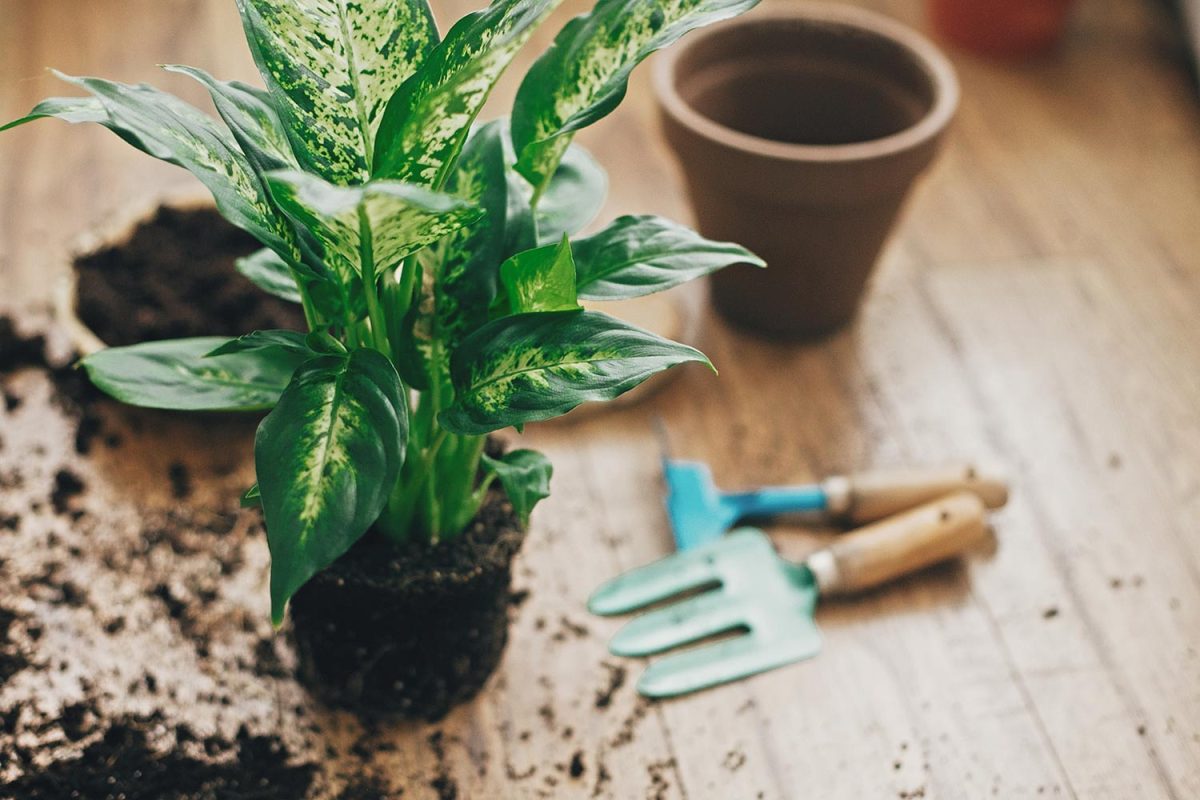
If the problem persists, then you can go ahead with repotting. This is an effective way of ending your fungus gnat problem once and for all.
But there's a proper way of doing this. You don't just uproot a plant and put it in another pot. Remember, the main purpose is to get rid of fungus gnats including their eggs and larvae.
Here's what you need to do:
- Remove the plant from the soil.
- Wash its roots thoroughly to get rid of the eggs and larvae.
- Dispose of the old potting soil.
- Wash the old pot with a bleach-water solution then rinse well. This will kill any lingering pests on the pot and disinfect it at the same time.
- When the pot is already dry, put your new potting soil on the pot. This time choose your potting soil carefully. Go with a fast-draining potting mix so that it won't hold water that attracts fungus gnats to reside in your plant.
- Plant the plant.
- Do not overwater. Allow the topsoil to dry before you water your plant again.
That's it! Do this to all your infected plants if the fungus gnat larvae infestation has gone out of control. This will give you a fresh start so better do the necessary precautions this time around so as not to deal with the same problem again.
Why do my houseplants have fungus gnats?
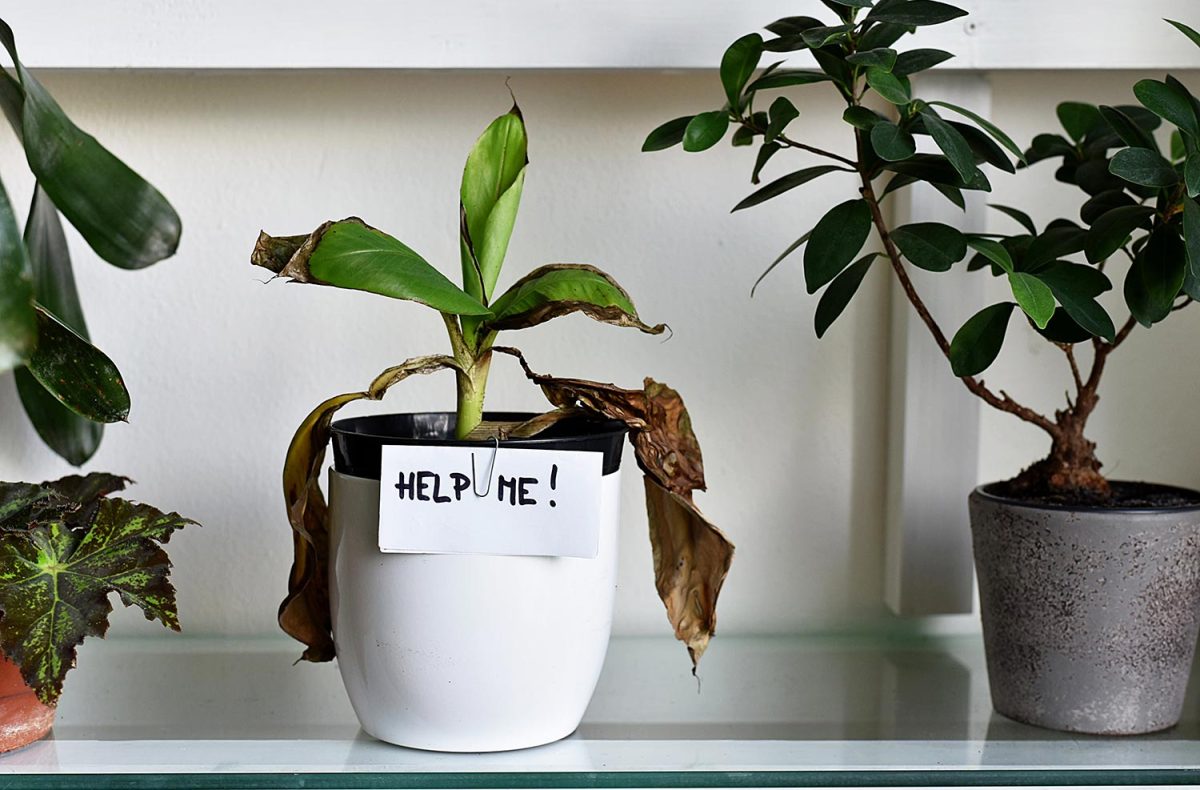
If you're wondering how these pesky winged creatures got inside your house and settled in your precious houseplants, the answer is simple. They are attracted to light and moisture.
They are often found in houseplants because you probably overwater your plants. The soil remains moist most of the time. A damp soil encourages fungal growth and fungi are an excellent food source for these pests.
Aside from this, your plants are positioned where the rays of the sun could reach them. So, those are the ideal conditions for them to thrive in your potted plants.
Since they have sunlight, moisture, and food source, they will continue to thrive in your houseplants and multiply. Adult female fungus gnats lay hundreds of eggs on the soil and they mature in three to four weeks.
The new generation of adult female fungus gnats will lay hundreds of eggs once again and the cycle continues. And that is how infestation of fungus gnats and their larvae happens.
Fungus gnats can also make their way inside your home through the new plants that you've bought from the plant nursery. They might be carrying these pests and they can settle in your other houseplants once they get the opportunity.
That's why it's best to quarantine your new plants when you bring them home so that you can observe them carefully and make sure that they don't have pests when you put them together with your other houseplants.
How long does it take to get rid of fungus gnats?
When you plan on treating your fungus gnat infestation problem, it would be helpful to know how long the treatment would take to set your expectations and course of action.
If the problem doesn't go away after this period, it means that your pest control measures aren't enough because the infestation has been too significant.
Experts say that it would take around two weeks before you get rid of the infestation. Of course, it would all depend on the severity of the problem and the treatments that you're applying to your houseplants.
Yes, it would take different pest control measures done simultaneously so that you can solve your problem with fungus gnats in your houseplants. You need an integrated approach that would address the development of fungus gnats and moisture issues in your home.
Here's what you can do:
- Schedule your plant watering accordingly. Wait until the top two to three inches part of the soil is dry before you water your plants again.
- Make sure the pot that you're using has good drainage. There should be a functional drainage hole and if it drains into a saucer, remove any standing water in there after you water the plants.
- Separate the infested plants from other houseplants that haven't been infected yet.
- Use yellow sticky cards as traps. This will help you get rid of the flying insects.
- If you want to make your own organic traps for these pests, you can use apple cider vinegar mixed with dish soap.
- You can also use raw potato slices as baits for the larvae. Once they're all huddled under the potato slices, drench the soil with hydrogen peroxide and water solution.
- Use insecticides with low toxicity especially when treating indoor plants. Look for neem oil or systemic insecticides that contain imidacloprid that work well on houseplant pests.
- You can also sprinkle cinnamon on the soil if you prefer a natural way of curbing fungus gnats in your houseplants. Cinnamon is a natural fungicide and would kill the fungi in the soil thus, cutting off the fungus gnats' food source.
- You can introduce biological control agents such as insect-parasitic nematodes that will gladly attack and devour the fungus gnats' larvae.
- When everything else fails, repot the plant and avoid potting mixes that retain water.
Find these sticky traps on Amazon.
When you do most if not all of these things, you can get rid of fungus gnats in your houseplants sooner rather than later.
Final Thoughts
Repotting your plant is your last recourse if the infestation is already serious. Just follow the recommended steps so that you can give your plant the best chance to survive and become healthy once again.
If you're interested to read about another insect that can infest your houseplants, feel free to visit the following posts:



